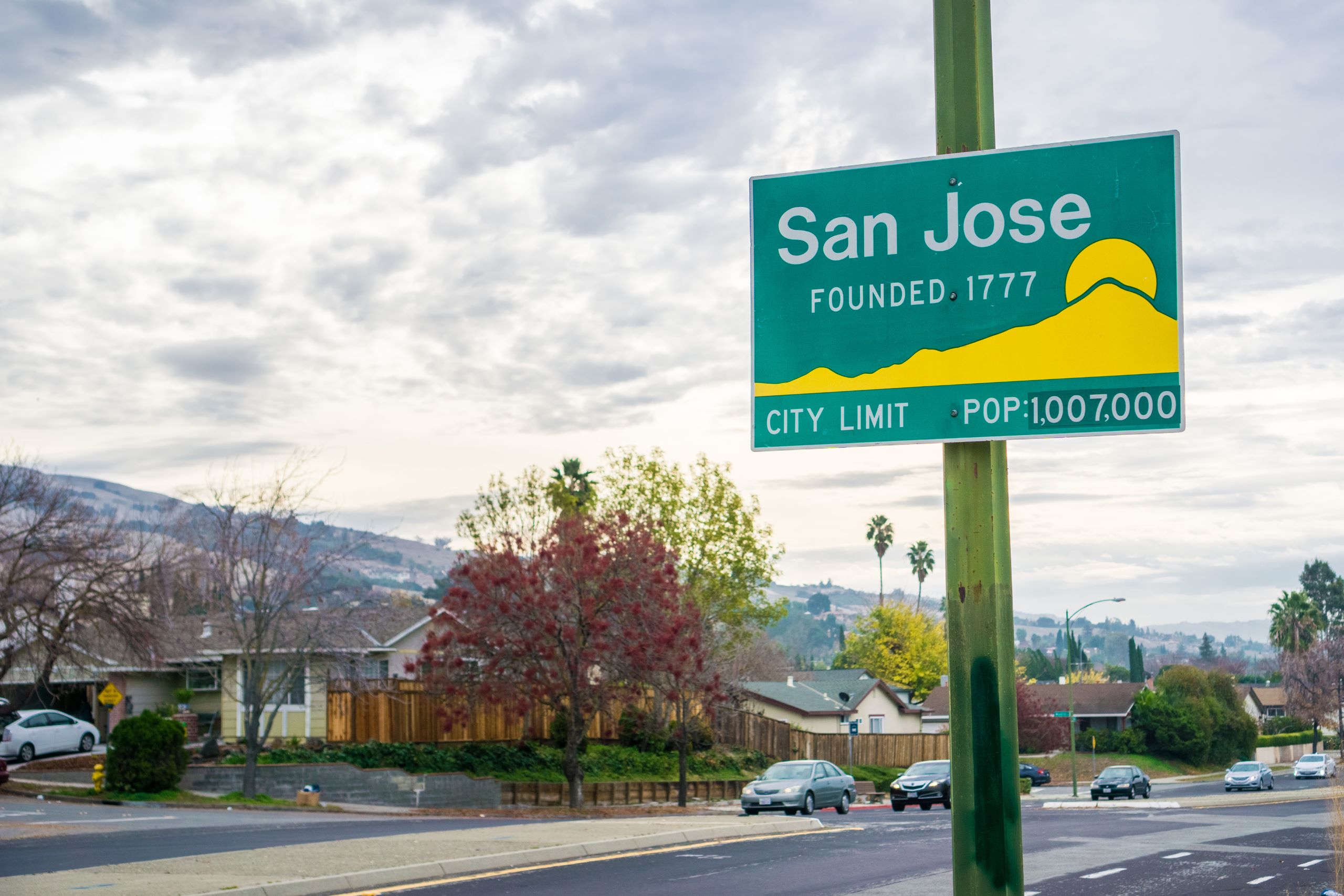
Pre-Colonial Period:
Before the arrival of Europeans, the area now known as San Jose was inhabited by the Ohlone people. The Ohlone were a group of Native American tribes who lived along the central California coast. They lived in small, semi-permanent villages and sustained themselves through hunting, fishing, and gathering.
Spanish Period (1777-1821):
San Jose was established as a Spanish pueblo on November 29, 1777, making it the first civilian town in California. It was founded by José Joaquín Moraga, under orders from Spanish Governor Felipe de Neve, to supply food to the presidios of San Francisco and Monterey. Initially named El Pueblo de San José de Guadalupe, it was located along the Guadalupe River.
Mexican Period (1821-1848):
After Mexico gained independence from Spain in 1821, California became a Mexican territory. San Jose continued to grow as a small agricultural community. The Mexican government secularized the missions in the 1830s, and land was distributed to Mexican citizens through land grants. Many large ranchos were established around San Jose during this period.
American Period (1848-Present):
- Early American Period (1848-1900): In 1848, California became part of the United States following the Treaty of Guadalupe Hidalgo. The California Gold Rush (1848-1855) brought an influx of settlers to the region. San Jose became the first state capital of California in 1849, though it only held this status for a short period. The arrival of the railroad in the 1860s spurred further growth.
- 20th Century: San Jose transitioned from an agricultural center to an industrial one during the early 20th century. The canning and fruit packing industries flourished, earning the city the nickname “The Capital of Silicon Valley.”
- Mid-20th Century: The establishment of Stanford Industrial Park in the 1950s and the growth of the high-tech industry began to transform the region. Key companies such as Hewlett-Packard, Intel, and others set up operations, laying the foundation for Silicon Valley.
Modern Period (Late 20th Century-Present):
- Late 20th Century: The growth of the high-tech industry continued to accelerate. The development of personal computers, the internet, and mobile technology led to San Jose becoming the center of Silicon Valley. The population and economy boomed, leading to significant urban development and the rise of numerous tech companies.
- 21st Century: Today, San Jose is known as the heart of Silicon Valley, home to many of the world’s largest tech companies, including Google, Apple, Adobe, Cisco Systems, Facebook and eBay. The city’s economy is driven by technology and innovation, with a high concentration of engineers, scientists, and entrepreneurs. Despite its high cost of living, San Jose continues to attract talent from around the world.
Key Points in San Jose’s Modern History:
- Economic Growth: San Jose’s economy is one of the largest in California, with a GDP surpassing many small countries. The tech industry, with companies like Google, Apple, and Facebook nearby, plays a pivotal role.
- Cultural Diversity: The city is known for its cultural diversity, with a significant Asian and Latino population. This diversity is reflected in the city’s cultural festivals, cuisine, and neighborhoods.
- Urban Development: San Jose has seen extensive urban development, including high-rise buildings, advanced infrastructure, and public transportation systems like the VTA Light Rail.
- Education and Research: The presence of major universities and research institutions, such as San Jose State University, fuels innovation and provides a steady stream of skilled professionals to the tech industry.
San Jose’s journey from a small Ohlone village to the epicenter of the global tech industry is a testament to its adaptability and innovative spirit.
-Lữ Hành-
